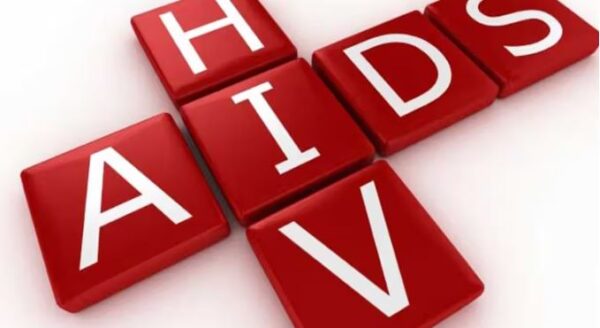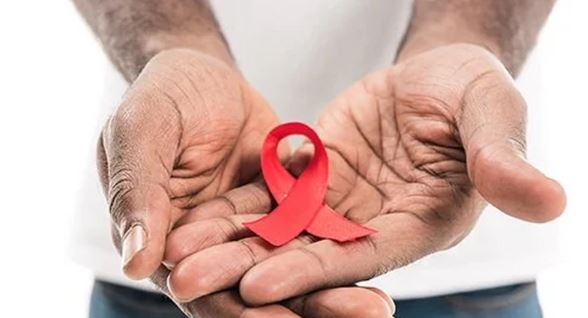Lifestyle
Here are 7 reasons more women contract HIV/AIDS than men

HIV/AIDS remains a significant public health issue worldwide, particularly in sub-Saharan Africa.
In many other parts of the region, statistics indicate a troubling trend: more women are infected with HIV/AIDS than men.
This gender disparity is not merely a coincidence but a reflection of complex interwoven factors that make women more vulnerable to HIV infection. Here are some factors that contribute to such situations:
Biological factors
- Greater biological susceptibility: Women, particularly young women, are more biologically susceptible to HIV infection. The vaginal lining is thinner and more susceptible to tears compared to male genitalia. This makes it easier for the virus to enter the bloodstream during unprotected sexual intercourse.
- Higher viral load transmission: During vaginal intercourse, the concentration of HIV in semen is higher compared to vaginal fluids, increasing the likelihood of transmission from men to women.
Socio-economic and cultural factors
- Gender inequality: Women often have less power in relationships, making it harder to negotiate safe sex practices such as condom use. This power imbalance is a significant factor in the higher rates of HIV infection among women.
- Economic dependence: In many societies, including Ghana, women may rely on male partners for financial support, which can lead to transactional sex or situations where they cannot insist on condom use.
- Cultural practices: Certain cultural practices and norms may also increase women’s risk of HIV. For example, early marriage and polygamy can expose young women to older men who might already be infected.
Behavioral factors
- Multiple partners: In some cases, men might have multiple sexual partners, increasing the risk of HIV transmission to their female partners.
- Sexual violence: Women are more likely to be victims of sexual violence, which can increase their risk of HIV infection. Forced intercourse can cause injuries that facilitate the entry of the virus.
Healthcare access
- Limited access to healthcare: Women in rural or underprivileged areas may have less access to healthcare services, including HIV testing, prevention, and treatment. This can delay diagnosis and treatment, increasing the likelihood of transmission.
- Stigma and discrimination: Stigma around HIV/AIDS can prevent women from seeking testing and treatment, exacerbating the spread of the virus. Fear of discrimination may also deter women from disclosing their HIV status or seeking necessary care.
Education and awareness
- Lower levels of education: Women generally have lower levels of education compared to men in many regions, which can limit their knowledge about HIV prevention and treatment.
- Lack of awareness: There may be a lack of targeted awareness programs that address women’s specific needs and circumstances, leading to insufficient knowledge about how to protect themselves from HIV.
Efforts to address the disparity
To address these disparities, comprehensive strategies are needed:
- Empowerment programs: Initiatives that empower women economically and socially can help them negotiate safer sex practices.
- Education and awareness campaigns: Tailored programs that educate both men and women about HIV prevention.
- Healthcare access: Improving access to healthcare services, including testing and treatment for women.
- Legal and policy interventions: Enforcing laws against gender-based violence and discrimination.
By addressing these factors, the disparity in HIV/AIDS rates between men and women can be reduced.










